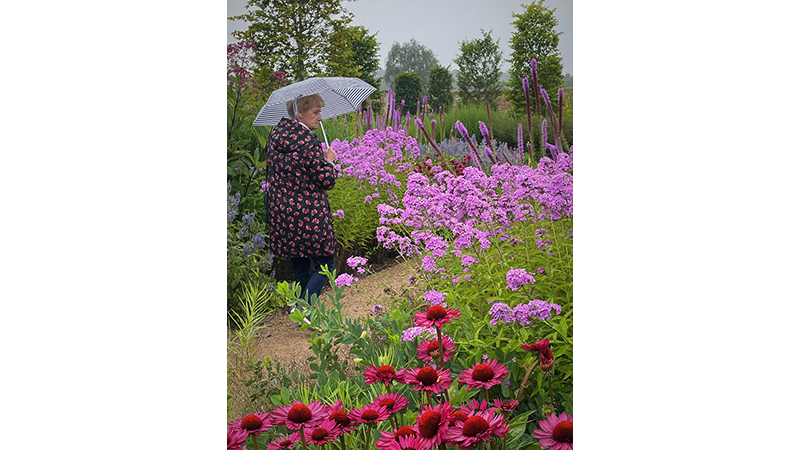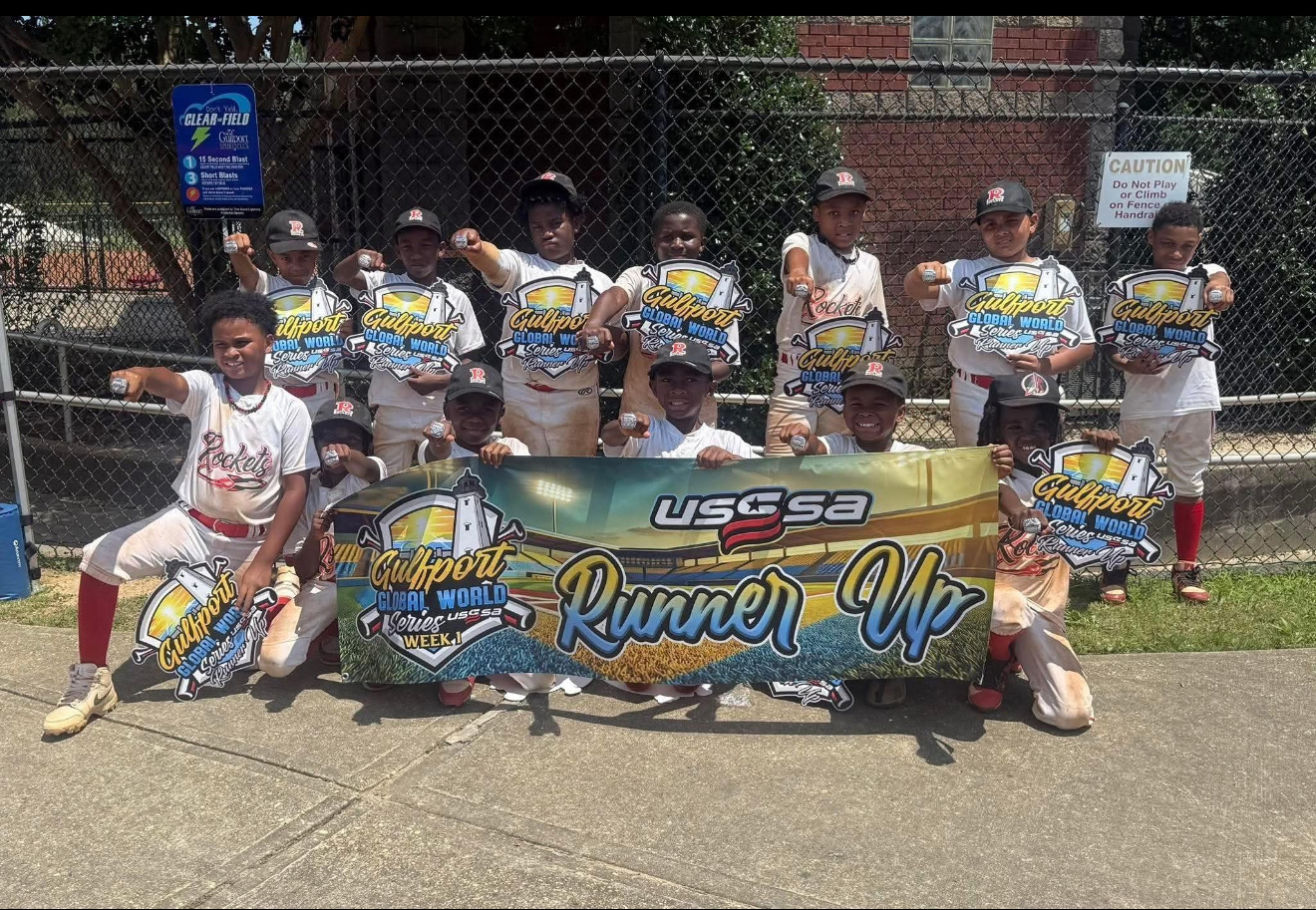Grow what grows best in your area
Published 10:00 am Sunday, September 19, 2021
|
Getting your Trinity Audio player ready...
|
Like anyone else with emotionally charged agendas, native plant puritans can be a bit tedious.
Sorry, not trying to rattle any cages or pull any chains. But sometimes sweeping assumptions need to be addressed by someone who cares enough to give a nod to see different sides of polarized issues. Including in the garden.
Today’s rant: The assumption that native plants are superior to non-natives as garden mainstays is largely not true.
Keep in mind that this twice-past president of our native plant society grows many natives, and lectures on them from coast to coast. I believe in and promote their sense of place, ability to survive our climate, and support native wildlife plus other more subtle benefits to our complex natural world. Shoot me an email for my free publication on the most durable, garden-quality Mississippi natives.
I just don’t buy into the unscientific, emotional idea that native plants are always better garden choices; without considering the pros and cons, trying to push a native plant over an exotic plant purely because it is native is irresponsible.
Sure, more than a few non-native plants are barren to our wildlife, and many have spread across the countryside, displacing natives and disrupting natural systems. But natives are also weedy, with oaks relentlessly trying to change my sunny garden into a shaded forest, and Virginia creeper eating up more than its share of real estate.
Worst of all, not all natives do well in man-made landscapes, or even over the entire state. We have plants that thrive on the coast but not in the Delta, others that are highly sensitive to sun or shade, and many better adapted to river bottoms but not drier hillsides. Many natives cannot survive in gardens with highly unnatural microclimates, deeply disturbed compacted soil, soil and air pollution, higher heat loads from paving and reflective surfaces, and competition with lawns.
On top of this, a lot garden-attractive natives are not all that easy to find commercially. Some look terrible in rows of pots – a big issue for garden centers which, even with labels saying a plant is native or beneficial to wildlife, are led by sales, not ecological values. You have to find local native plant sales to find really cool native plants.
In most cases people are just looking for plants that look good and hopefully thrive for a long time, with little regard for their origin; butterflies and bees are welcome lagniappe, but only if they don’t also have larvae that booger up plants.
And truth is, many non-native plants are actually better suited to landscape use and are often superior for supporting wildlife. I mean, in spite of my many native wildflowers, some of which are crucial to native wildlife survival, when I want to take photos of butterflies and hummingbirds, I find them mostly on my zinnias, lantana, salvias, and abelias, all which grow well and flower for months, yet none of which are native.
Meanwhile, I believe that in the novel garden environment, a heady mixture of both native and non-native species can create a richer tapestry – a combination of native and non-native plant species can bring more vibrancy and joy, and also considerable value to native fauna.
Again, I support natives when practical; I find it interesting that I photograph more Mississippi wildflowers used well in English gardens than my own neighborhood.
Bottom line: I think the most responsible approach is to grow mostly what grows best in our area, with as many attractive natives as you can for wildlife as well as aesthetics. Just don’t all righteous about it.
Felder Rushing is a Mississippi author, columnist, and host of the “Gestalt Gardener” on MPB Think Radio. Email gardening questions to rushingfelder@yahoo.com.





